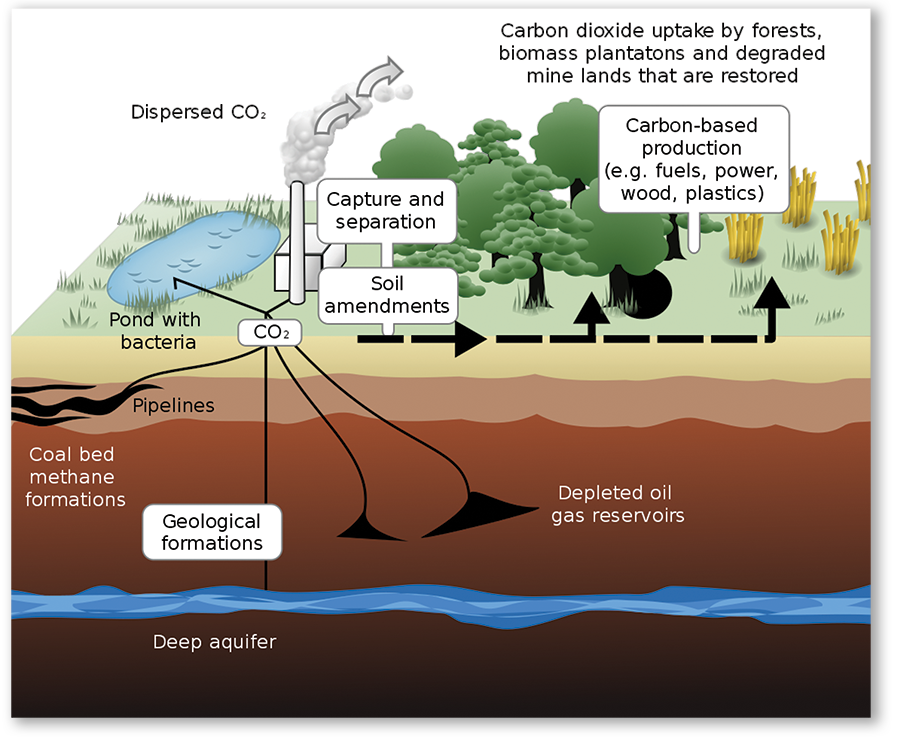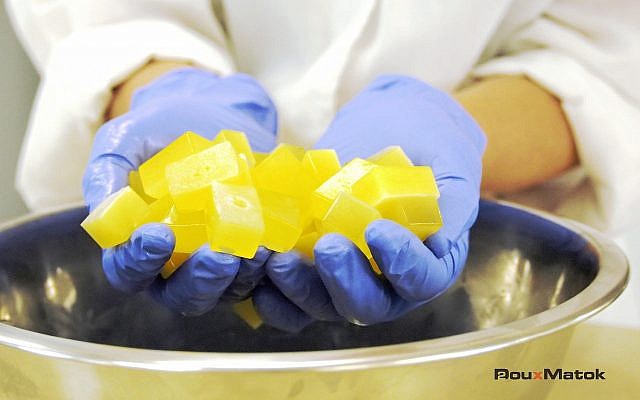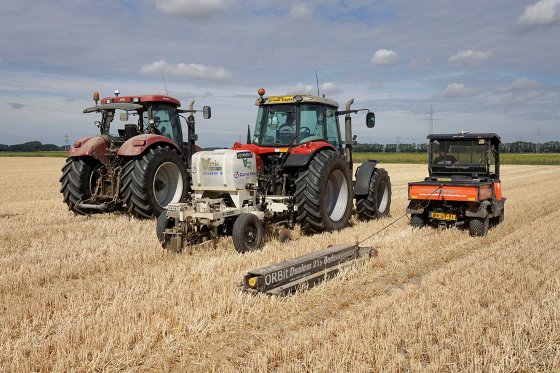With one third of the world’s land devoted to it, agriculture is crucial both for the millions of farmers who make their living from it and the societies and economies that depend on it.
DouxMatok, a Petah Tikva, Israel-based food-tech company that says it is able to cut sugar levels in foods without affecting their taste, said on Wednesday it had raised $22 million in a series B funding round.
The financial impact of rising stock theft in South Africa has made it essential for farmers to use technology to stay a step ahead by keeping their herds in check, according to Marius van der Merwe, a director of the Alphawave Group and product manager of FarmRanger.
The SwagBot and the more affordable option Digital Farmhand, both from Australian startup Agerris, are now being commercialised and will be available in Australia and overseas.
As a professor of Robotics and Intelligent Systems at the University of Sydney, Salah Sukkarieh and his team have been developing air and ground robotic solutions for the agricultural industry since 2005. Their research at the Australian Centre for Field Robotics resulted in the founding of startup Agerris.
Prototypes of the SwagBot robot have recently been tested and proved to be useful for weeding, pasture monitoring, soil sampling and animal monitoring. Agerris has since then raised $ 6.5 million from Uniseed, Carthona Capital and BridgeLane Group, for building commercial smaller than tractor-sized robots.
Low cost robotics for the agricultural industry
The work on the robots started after Sukkarieh received funding from a cattle grower to look at low cost robotics for the agricultural industry in general. “Because it was a donor fund, I felt that one of the robots we should build was for the grazing livestock industry”, he explains.
Recently, Agerris was able to test 2 prototypes of the SwagBot. Sukkarieh: “Testing has gone really well. We built 2 versions of the SwagBot and were able to demonstrate them on different grazing livestock farms. The technology has now been spun off to be commercialised.”
Identifying and eradicating weeds
Farmers can use the robots for identifying and eradicating weeds, monitor pastures, row and tree crops and for monitoring animal welfare and herd cattle. “SwagBot can traverse around very difficult environments such as undulating terrain, over logs, rocks and ditches”, says Sukkarieh. “It can automatically detect weeds and spray them. SwagBot can also detect individual animals with the hope of detecting any sickness in animals.”
The SwagBot has sensors on board such as GPS, vision and laser that provide navigation and collision avoidance information to the computing system on board. It works with onboard path planning and control algorithms that help the robot go around obstacles and track animals.
SwagBot works together with drone
The SwagBot also has the ability to work together with a drone. The drone provides high level mapping information of the terrain and detecting weeds in general so that SwagBot can define more accurate planning to those weeds and can easier avoid obstacles. It is battery powered and can get about 6 hours of activity before recharge. The recharge can happen at solar points around the farm.
The other robot Agerris built is the Digital Farmhand. This robot was designed for row and tree crops and gives small-scale farmers around the world a cheaper option. “It is meant to focus on low cost applications for farmers and for mums and dads”, emphasises Sukkarieh. “It has on board sensing and machine learning algorithms that help build models of individual plants. This way we can minimise the amount of chemicals used for spraying and weeding, as well as help farmers understand their crop growth characteristics.”
Sukkarieh says a better environment management, such as better care of weeds or better management of animals can save farmers money.
Useful addition to the aging Australian agricultural workforce
The robots can also be a useful addition to the aging Australian agricultural workforce, he explains. “Working on the land is very hard and farmers are getting older. With the robotics technologies we are building, we are able to assist farmers with the daily chores on the farm.”
The robots can potentially excite the next generation of farmers as well. Sukkarieh: “We now have a program were the Digital Farmhand is taken to schools for a term and the kids learn how to code the robots in an agriculture setting.”
Prices not yet known
Both SwagBot and Digital Farmhand are now being commercialised. Sukkarieh says he cannot yet name a price, since Agerris just started the commercialisation process. “We will know more as we work closely with farmers. However, they are meant to be low cost solutions for all growers.”
The latest research of Sukkarieh is focusing on non-chemical solutions to weeding and robotics for crop manipulation such as fruit harvesting.
According to Dutch research, soil scans give a reliable picture of soil conditions, but it is unclear which type of scan provides the best results on a specific soil type.
Technology and the Internet of Things (IoT) has made its way into our lives and businesses.
Newsletter Subscribe
AGRI NEWS NET "LIVE" FEED
- Chinese amptenare is hoopvol maar paraat vir Donald Trump se terugkeer na die Withuis. Die land sal ‘n herhaling van die vorige handelsoorlog wil vermy.
- The European Green Deal (EGD) is a strategic roadmap set by the European Union (EU) to achieve climate neutrality by 2050 (European Commission, 2024). Central to this initiative is the Farm to Fork (F2F) strategy, which aims to make food production more sustainable by reducing greenhouse gas emissions and combating climate change.
- Hard times create strong men-Strong men create easy time, Easy times create weak men, weak men create difficult times- You have to raise warriors not parasites. If you look at all the men and women in these days enjoying easy times you can see most of them are weak. Maybe we entering difficult times.- You need to protect your Family Farm and family.
- Good morning and welcome to Agri news net- News you can trust- all day long.
Popular News Tags
AGRI NEWS NET AUDIO CAST Feeding-
- What Needs to Change in Farming and Agriculture in 2025
- AGRI NEWS RUSH - News Headlines of the Week 18/01/2025
- Farmer safety in South Africa in 2025
- The Economics of Farming and Agriculture in South Africa 2025
- The global wine market 2025
- AGRI NEWS RUSH - News Headlines of the Week 11/01/2024
- Artificial Intelligence: All That Glitters Is Not Gold
- GLOBAL WATER OUTLOOK TO 2025 Averting an Impending Crisis

















